TR — 090825 Evolution of Language
Language feels like a construct whose limits are invisible until you push against them. We understand what we say because we share the structure and meaning of words — but how could that shared code evolve without breaking?
Visual evolution is easier to perceive. We can follow the arc of a painter’s work across decades. With Rothko, the early pieces are “modern English” — recognisable, structured, legible. Later, his shapes collapse into abstraction, a visual language that no longer corresponds to words. The structure is coherent, like syntax, yet the content is foreign, untranslatable. It suggests that the visual precedes the lexical: perhaps images are the fundations from which new words — and new thoughts — might grow.
I have never liked reading. Maybe this is less a deficiency than a clue to my role: to advance the visual until it cracks open new forms of thoughts. If the eye can travel where the words cannot, then my paintings must move toward other dimensions — away from the flatness of inherited visual codes.
Words and thoughts are social agreements. They only exist once popularised. My work is not to create new words, but to create the conditions for their necessity. This means the work must be magnetic enough to hold attention, complex enough to resist easy paraphrase. Literalism drains the blood from an idea. The limit of language should be felt like a pressure in the room, not hanged on the walls.
A new word invented in isolation is nonsense. A new visual — a new style — is celebrated. I can begin there. Visuals lead to thoughts; narratives inside visuals can push thoughts further. The arrow has two points: one visual, one narrative. Together they pierce the realm of thought.
Perhaps the evolution of language begins with this: not speaking differently, but seeing differently, until speech has no choice but to follow.
